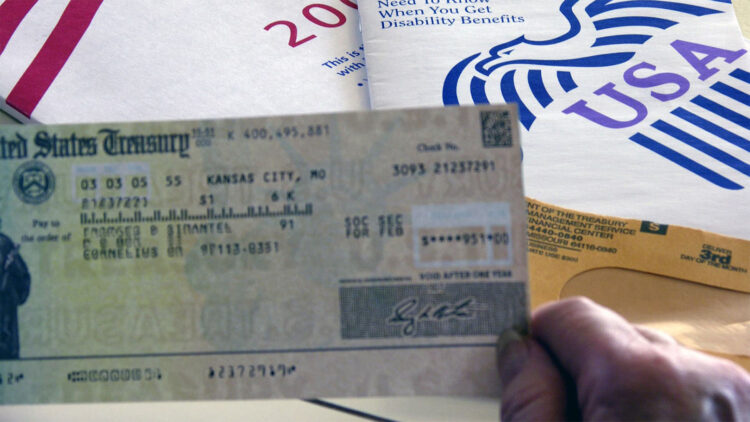You know the monthly ritual of rushing to the mailbox like you always do and eagerly anticipating a check? Well, newsflash, that routine will no longer be possible anymore. As September 30, 2025, the Social Security Administration will no longer be sending paper checks to the majority of the beneficiaries in the U.S. and will start direct deposits in bank accounts (or onto a Direct Express debit card if you din’t have one). No other forms of payment available.
It might sound like a big shift—and for the roughly 400,000 people who still use paper checks, it is. But here’s the truth: more than 99% of Social Security recipients already get their money electronically. This change is really about bringing the last group on board. The U.S. Treasury remarks that it is more secure, quicker, and better overall.
Paper checks are kind of like rotary phones—nostalgic, but outdated. They can get lost, stolen, or stuck in the mail. Electronic deposits, on the other hand, show up automatically and securely. No waiting, no wondering if the check will make it through.
Why is this change happening?
The government says their not just trying to make life harder, quite the opposite. The SSA and the Treasury Department are focused on security, convenience, and yes, saving money.
Here’s a simple example: every time the government mails a paper check, it costs more than 3 times what it does to send money electronically. Multiply that by millions of payments, and the numbers add up fast. By going digital, the system saves taxpayer dollars while giving people more peace of mind.
And being realistic, losing a Social Security check is no small matter. According to the Treasury, paper checks are 16 times more likely to be lost or stolen than direct deposits. Imagine depending on that money for rent or medication, and suddenly it’s gone. There your are going to have to be patient to try and get that money back, and no one wants that kind of stress.
Many are thinking: but what abut those who don’t own a bank account? That’s where the Direct Express card comes in. For folks who don’t use banks, it works just like a debit card—you can withdraw cash, make purchases, or pay bills directly. It’s designed so nobody is left out.
Who can still get paper checks?
There still a few exceptions, but they’re more than rare. You have to be over 90 years old, have a serious mental impairment, or live somewhere without access to a bank. But you’ll need to apply, and the Treasury Department decides case by case.
The message is pretty clear: it’s time to switch. The SSA is already reaching out to those who still get paper checks, and you can make the change easily at the SSA official website or by calling their office.
How to make the transition smoother
If you (or someone you care for) still gets paper checks, here’s a quick action plan:
-
Pick your option: Choose direct deposit if you have a bank account, or Direct Express if you don’t.
-
Update your info: Make sure your contact details with the SSA are up to date.
-
Switch early: Don’t wait until the last day. The sooner you switch, the smoother the process will be.
-
Check for exemptions: If you think you qualify, contact the Treasury Department.
If you haven’t done this yet, go do it now, run! If you miss the deadline, your payments could be delayed
Might be difficult at first, but think of it this way: No more trips to the bank to deposit a piece of paper. Instead, your money shows up like clockwork, ready when you need it.

